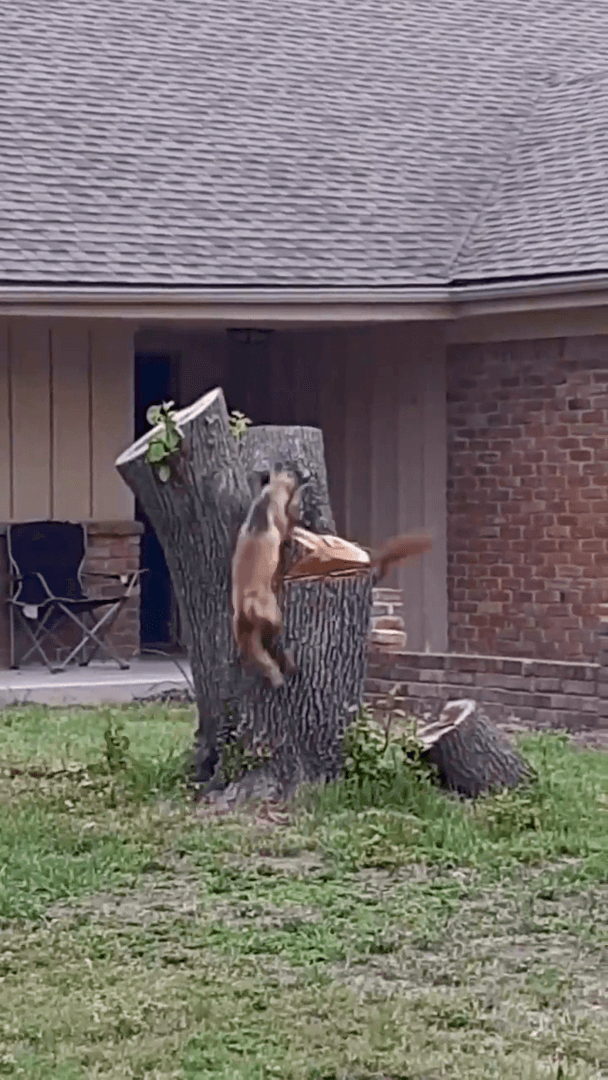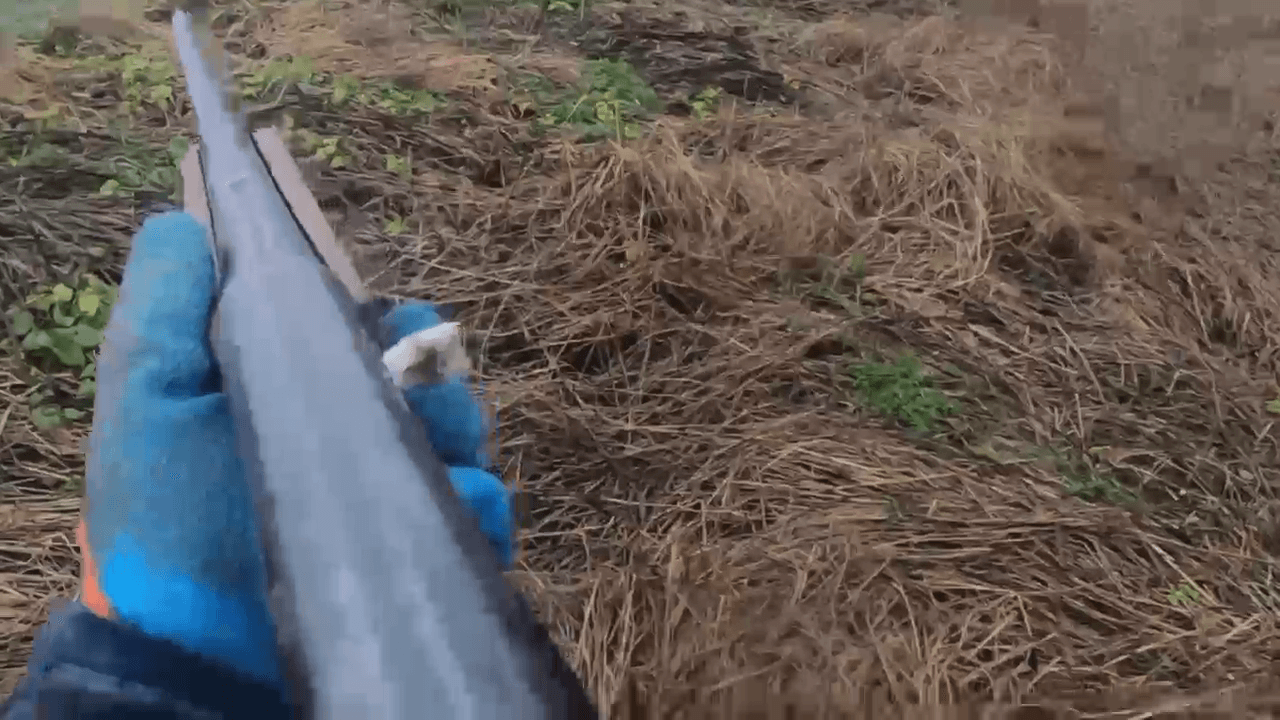
Why did the hunter take his #truck to the deep #swamp? Because it’s the only place where he could get a free mud wash while hunting! 🚙🦌🛁 Whether you’re #chasing adventure or just need a solid companion for the hunt, Land Rover Huntington has got you covered. With its unmatched off-road capabilities, it’ll take you through the deepest swamps, toughest terrains, and straight into the heart of the wilderness—without breaking a sweat. After all, why settle for just #hunting when you can do it in style, comfort, and with a vehicle that’s practically made for the wild? #Land Rover Huntington: Where luxury meets the great outdoors. 🌲🚙🦌
Post: 17 October 09:14
















